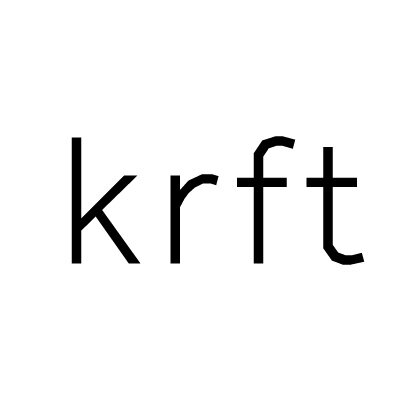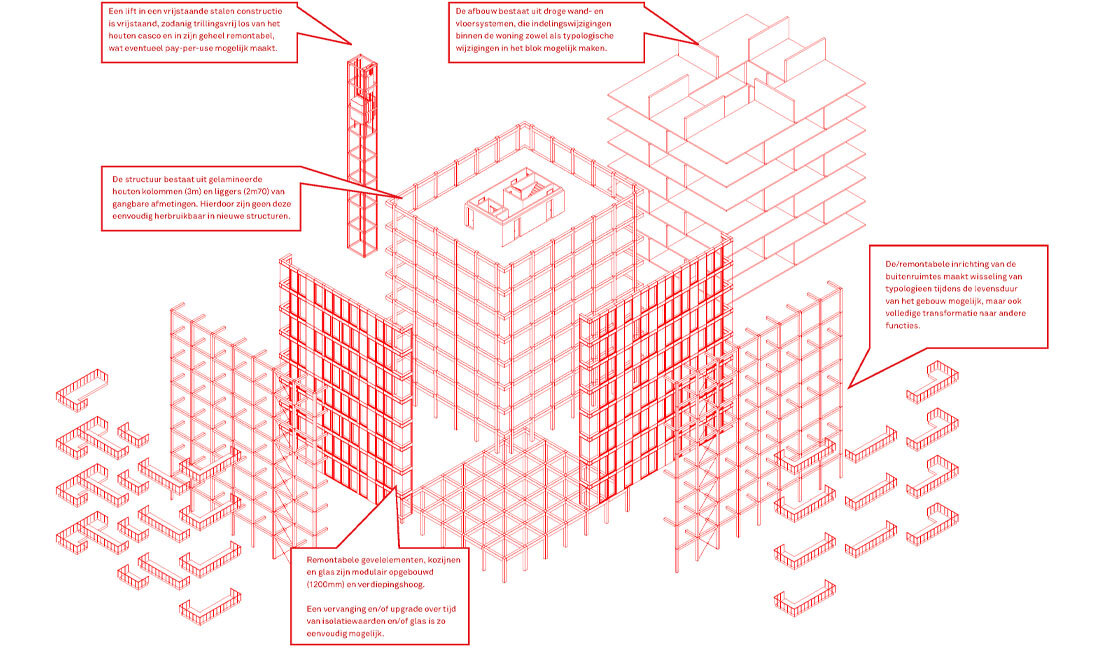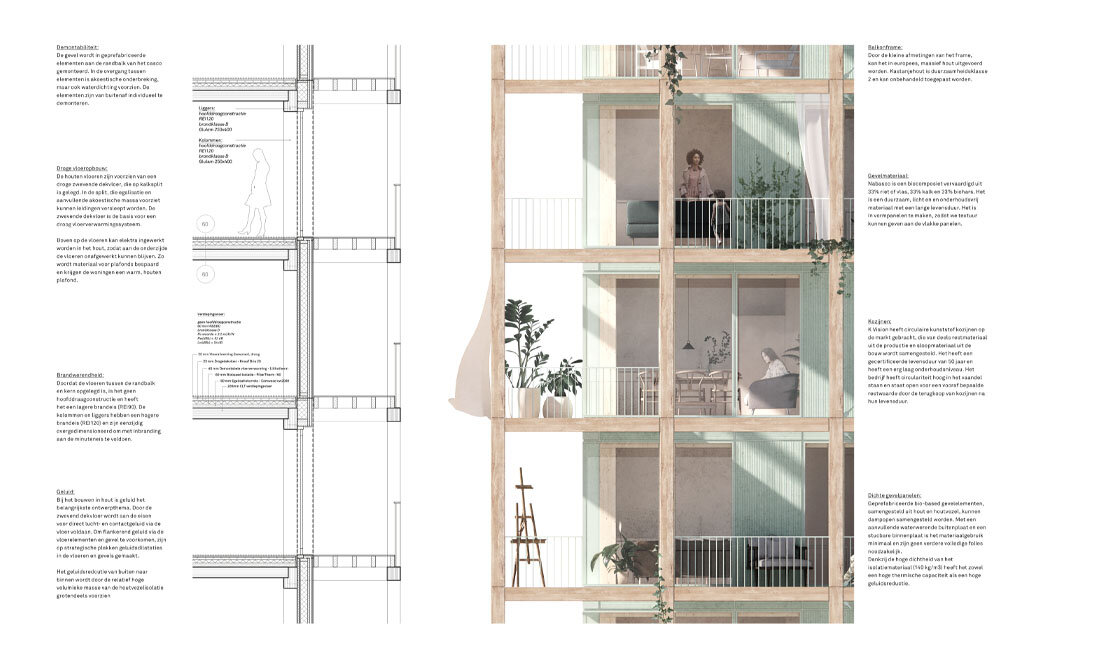Circular design is still for the happy few, an architectural luxury and hard to achieve in the realm of afforable housing. Housing corporations have been put in the frontline of the transition towards a circular economy, but without any ammunition. Their financial capacity is continuously lowered and the legal demands in other sustainable ambitions - such as energy use - are raised at the same time.
Housing corporations do have a few tricks up their sleeve: they both have a long term commitment, a repeating initiative and an economy of scale. This combination makes a few things possible.
The long term commitment allows for a total cost of ownership approach, in which building costs and operating cost can be balanced. This way, choosing the right sustainable materials with higher initial costs, allow for lower overall costs. Using better materials makes for higher rest value at the end of their period of use, making them more susceptibale to reuse.
Together with IGG Bouweconomie and Copper8, we developed circular financial models, in which the higher pre-investment into reusable building elements resulted with a higher return in its life span than a typical cradle-to-grave, linear approach. This ‘profit’ can be used to lower the actual rents in the building, creating a win-win of more sustainable, but also more affordable housing.
Because of the repeating initiative, exchange of materials between subsequent projects is possible, which makes it worth while developing details and materials that are easily demountable to reuseable. Elements from previous projects can be updated and developed into new elements for the next project.
The economy of scale makes it possible for housing corporations to create their own market. A threshold in the transition towards a circular economy is the base of trust needed in the transition. If you are not dependant on the external market to develop, but have enough projects to make an exchange of materials possible within the organisation itself, an economy with a closed wallet starts to appear.
But what if we combined forces with all housing corporations in the country, developing a small market of exchange between 300 housing dutch corporations? We can use our social real estate as material banks and create enough trust to make the transition towards a circular economy.




